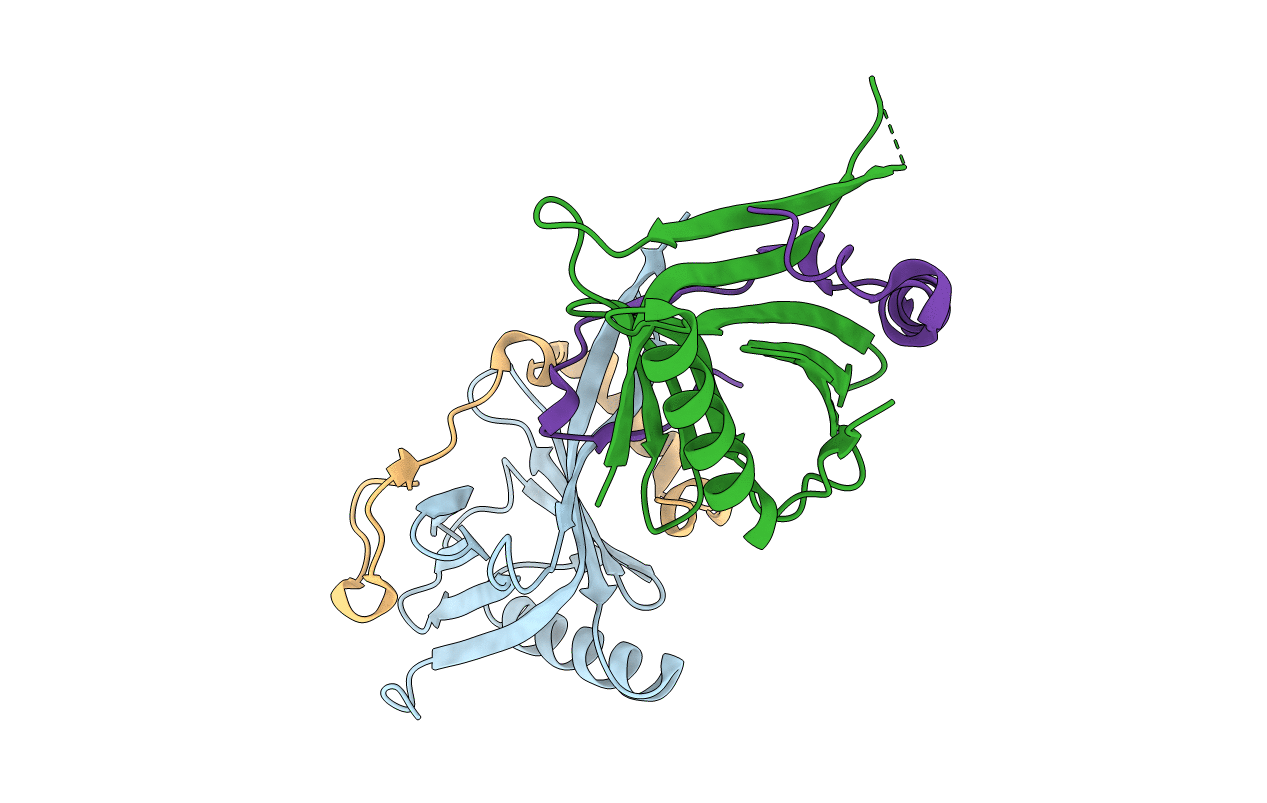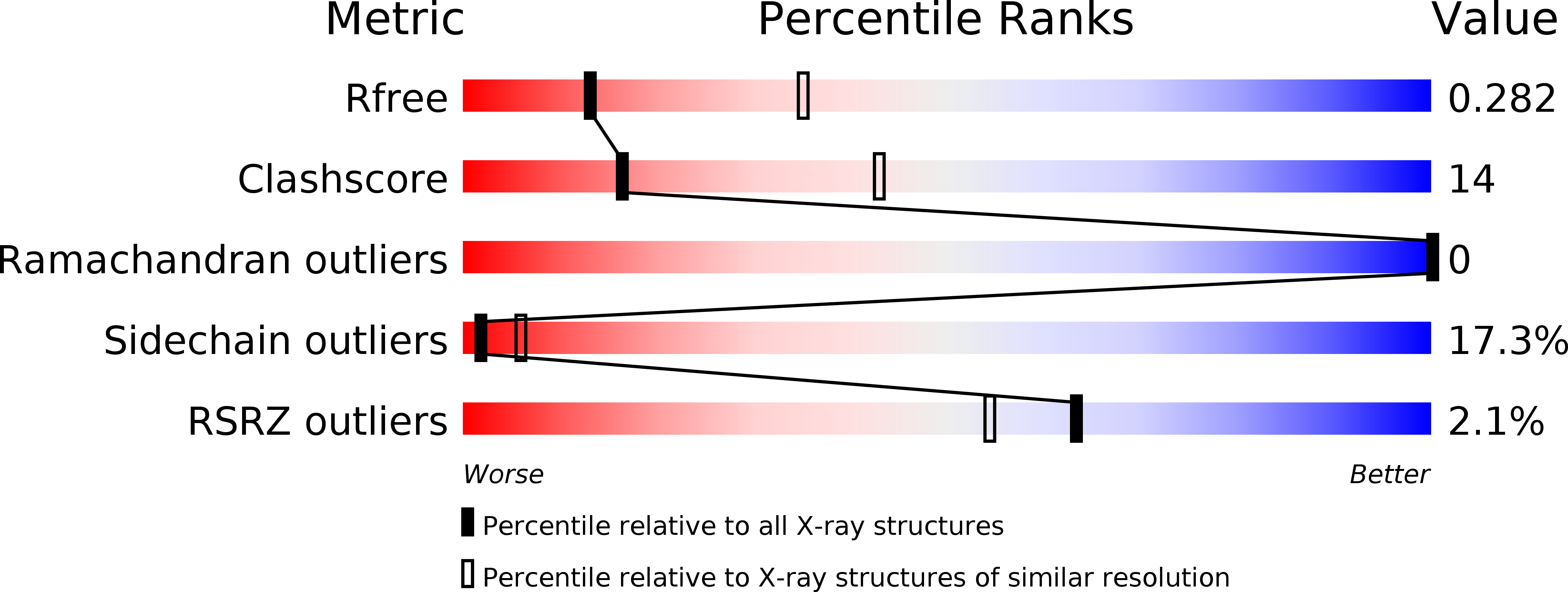
Deposition Date
2019-02-08
Release Date
2019-04-24
Last Version Date
2024-11-06
Entry Detail
PDB ID:
6NXF
Keywords:
Title:
Crystal structure of mouse REC114 PH domain in complex with ANKRD31 C terminus
Biological Source:
Source Organism:
Mus musculus (Taxon ID: 10090)
Host Organism:
Method Details:
Experimental Method:
Resolution:
2.79 Å
R-Value Free:
0.27
R-Value Work:
0.22
R-Value Observed:
0.22
Space Group:
P 43 21 2


